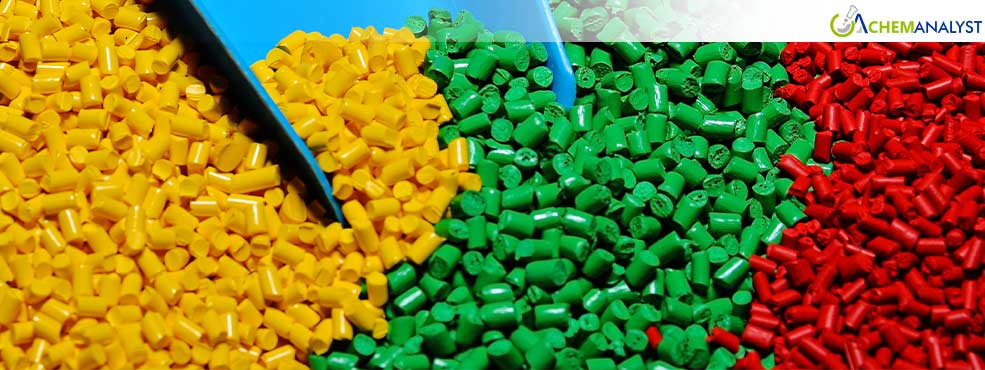ABS Prices Fall in Asia While US Market Holds Steady Towards the End of April 2025
- 29-Apr-2025 4:15 PM
- Journalist: Patrick Knight
The Asian Acrylonitrile Butadiene Styrene (ABS) market continued to soften in the last week of April under pressure from elevated supply levels, declining upstream prices, and subdued demand. Conversely, the US ABS market held firm as a result of a better-balanced supply-demand situation despite broader global uncertainty due to trade disruptions and increasing freight costs.
The ABS plants in Asia had a consistent operating rate in mid-to-late April. Weekly average production remained at about 120,000 tons, a high production level that contributed to the already high inventory of over 200,000 tons. Meanwhile, operators such as Tianjin Dagu and Yulong were returning extra capacity to operations. This created an oversupplied market where spot prices were supported marginally by the supply side.
Cost pressure was also lacking. Prices of feedstock acrylonitrile, which had found support earlier on account of a shortage from Shandong and East China maintenance, lost upward drive with the resumption of Yulong Petrochemical's unit during the middle of the month. Acrylonitrile demand has eased, further supporting the weakening of the upstream cost in the ABS market.
Another important ABS raw material, butadiene, saw a steep decline against the backdrop of plummeting crude oil and synthetic rubber futures, which were primarily triggered by tariff and global trade concerns. Sufficient port arrivals coupled with a loose supply structure contributed to the bearishness. Feedstock Styrene had some price firmness toward the end of the month in the line of tight availability resulting from centralized checks and stronger benzene fundamentals. Weak downstream activity and uncertainty owing to trade tensions, though, kept buyers and sellers cautious. Styrene prices are anticipated to face further downward pressure in the short term.
Furthermore, the demand side provided Asian ABS prices with a slight delay. Downstream plants ran on flat rates, and buying was restricted to bare necessities. Confidence in the market was low, with most participants taking a wait-and-see stance as indispensable orders evaporated. New order deliveries slowed considerably, and overall transaction volume remained weak.
The US ABS market, however, was steadier this week. Though uncertainty emanating from the global trade environment is inducing caution, the US market was supported by a better-balanced supply chain. Domestic feedstock styrene prices softened slightly, reflecting global trends, but did not exert enough downward pressure to shift ABS prices significantly.
Moreover, while container rates from Southeast Asia surged and blank sailings increased, US buyers have so far avoided major supply disruptions. Some market participants warn, however, that continuing tariff effects, such as higher shipping costs from Southeast Asia and potential delays from canceled sailings could eventually disrupt supply chains and impact market balance. For now, healthy inventory levels and moderate demand have helped the US ABS market remain resilient despite growing global uncertainties.
As per ChemAnalyst, it is expected that ABS prices in Asia to be hovering at cost levels. With poor demand, excess supply, and poor confidence, the market is still under pressure, and deeper price falls are likely in the near term. As April closes, the divide between the weak Asian market and the stable US landscape reflects the regional contrasts in ABS fundamentals under the current challenging global conditions.



